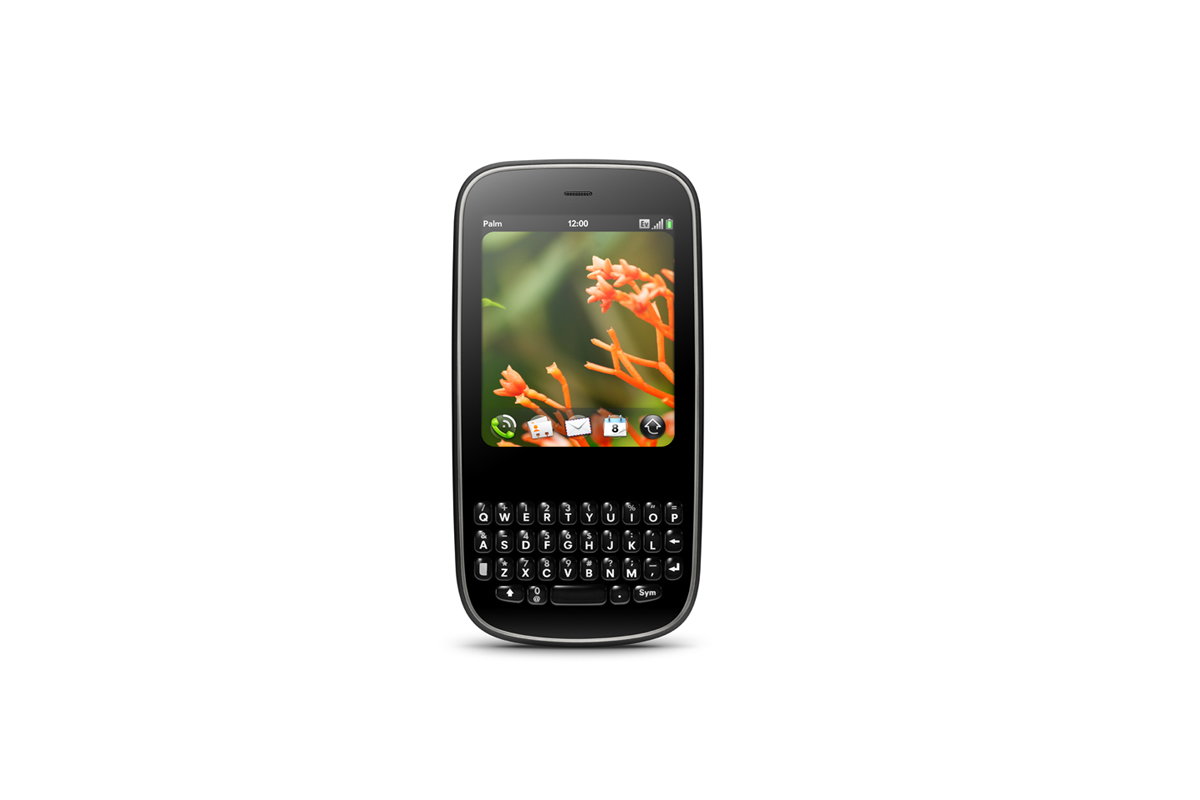Palm Pixi review
Will the Palm Pre's younger sibling, the Pixi, overshadow its elder? We review the Palm Pixi to find out.

The Palm Pixi may very well be the most feature-rich, enjoyable smartphone in the budget smartphone price range. It might not pack enough oomph to excite hardcore smartphone enthusiasts, but it will almost certainly satisfy beginners and moderately savvy users. All in all, the Palm Pixi's compact size and capable OS combine to create a terrific user experience that is definitely worthy of attention.
Pixi measures 55mmx10.9mmx111mm (WDH) and weighs 99.5g while the Pre comes in at 59.5mmx16.9mmx100.5mm (WDH) and weighs 133g. That means Pixi is longer than a closed Pre, but slide open the Pre's keyboard and it's a different story. The Pre is slightly wider as well - probably because of the slide mechanism - and almost 6mm thicker than the Pixi.
In real world use, the Pixi just about disappears in your pocket. If you don't compare the two phones side-by-side, the Pixi appears to be a small sliver of a smartphone and is certainly worthy of its elfin moniker; it's only when they're next to each other that you realise the Pixi is slim but isn't overly small. In fact, it's a bit of a pocket powerhouse.
Nice gestures
The Pixi and the Pre both use the same operating system in the form of Palm's latest OS golden child webOS.
It was a pleasure to use on the Pre and, thankfully, nothing has changed here. Navigating a webOS device does take a minute or two to learn but once you get it down, getting around becomes second nature.
Nearly everything you need to do is handled by a simple flick of the finger, either up/down or side-to-side. The Pixi also features a touch-sensitive gesture area beneath the screen, just like the Pre. The gesture area allows swipes (right to left for back, left to right for forward and upward to open the app grid) along with touch-and-hold for highlight and cut/copy/paste functionality.
Both seem to work at similar speeds. Opening new programs or sliding from one app to the next is very close to a tie, though the Pre's Wi-Fi connectivity gives it a slight speed edge when several data-intensive apps are already running - especially in areas with questionable mobile signal reception.
Sign up today and you will receive a free copy of our Future Focus 2025 report - the leading guidance on AI, cybersecurity and other IT challenges as per 700+ senior executives
-
 Trump's AI executive order could leave US in a 'regulatory vacuum'
Trump's AI executive order could leave US in a 'regulatory vacuum'News Citing a "patchwork of 50 different regulatory regimes" and "ideological bias", President Trump wants rules to be set at a federal level
By Emma Woollacott Published
-
 Microsoft Excel is still alive and kicking at 40 – and it's surging in popularity as 82% of finance professionals report ‘emotional attachment’ to the spreadsheet software
Microsoft Excel is still alive and kicking at 40 – and it's surging in popularity as 82% of finance professionals report ‘emotional attachment’ to the spreadsheet softwareNews A recent survey found Gen Z and Millennial finance professionals have a strong “emotional attachment” to Microsoft Excel
By Emma Woollacott Published
-
 LastPass hit with ICO fine after 2022 data breach exposed 1.6 million users – here’s how the incident unfolded
LastPass hit with ICO fine after 2022 data breach exposed 1.6 million users – here’s how the incident unfoldedNews The impact of the LastPass breach was felt by customers as late as December 2024
By Emma Woollacott Published